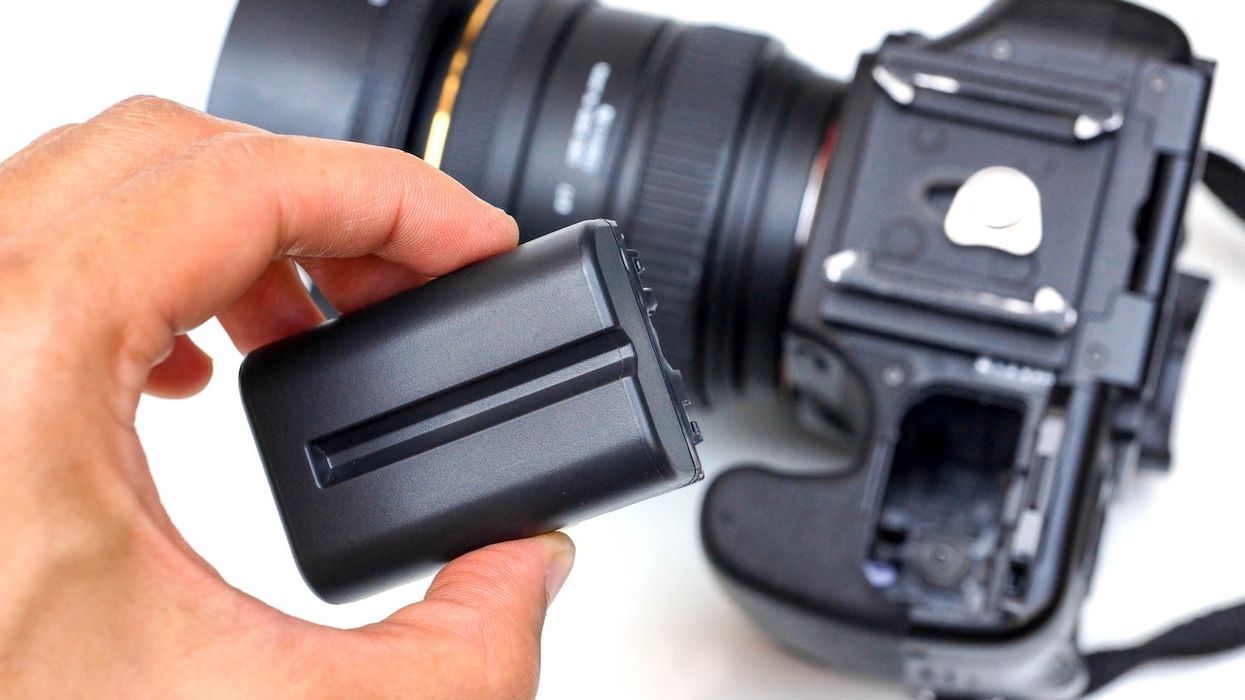Watch: How to Manage Your Tangled Mess of Batteries and Chargers
What are some helpful ways to keep your batteries and chargers organized and ready to go when it comes time to shoot?

Batteries are essentially the life blood of production. If you're constantly having to deal with dead batteries and missing cables, your production will slow to a crawl and then everyone will get really irritated and mad at you. This is why it's so important to keep all of your power stuff nice and organized, and luckily there are many clever ways to do that, including keeping everything in its own bag like David Bergman of Adorama TV.
This is basic organization: bag it up. However, there are some other pretty ingenious solutions that you could either buy or build yourself.
If you're looking for a nifty way to, again, bag it up, there are the Wolf Packs from Fangs Film Gear. These weather-resistant pouches ($30-$40) are designed with red and green sleeves that allow you to organize and store your charged/dead batteries and empty/full memory cards.
But maybe you want to do more than just organize your batteries—maybe you want to organize them and charge them at the same time. There are a couple of great DIY solutions we've come across in the past.
The team over at Vimeo Video School have a portable battery board made out of fiberboard that you can hang on any wall in your office or studio. It only costs around $100 to make, though you'll need to have a saw lying around in order to cut it into the size you want. You can watch the tutorial by clicking on the link above.
Fangs Film Gear came up with an awesome way to turn an old toolbox into a portable charging station (The "Batt Cave), and all you'll need is two power strips, a drill with a 1/4" bit, 8" zip ties, a 2-plug extension cord, and all of your battery chargers. Click on the link above to check out the tutorial.
Aside from knowing how to store your batteries and cables, it's also wise to anticipate other items you might need when you're on set or traveling, like power cords and international power adapters. I always bring along extra extension cords, surge protectors, and grounding adapters, because there's nothing worse than getting to a location and seeing dreaded 2-prong outlets of death.
What are some other battery storage/organization/charging ideas? Let us know in the comments below.
Source: Adorama












